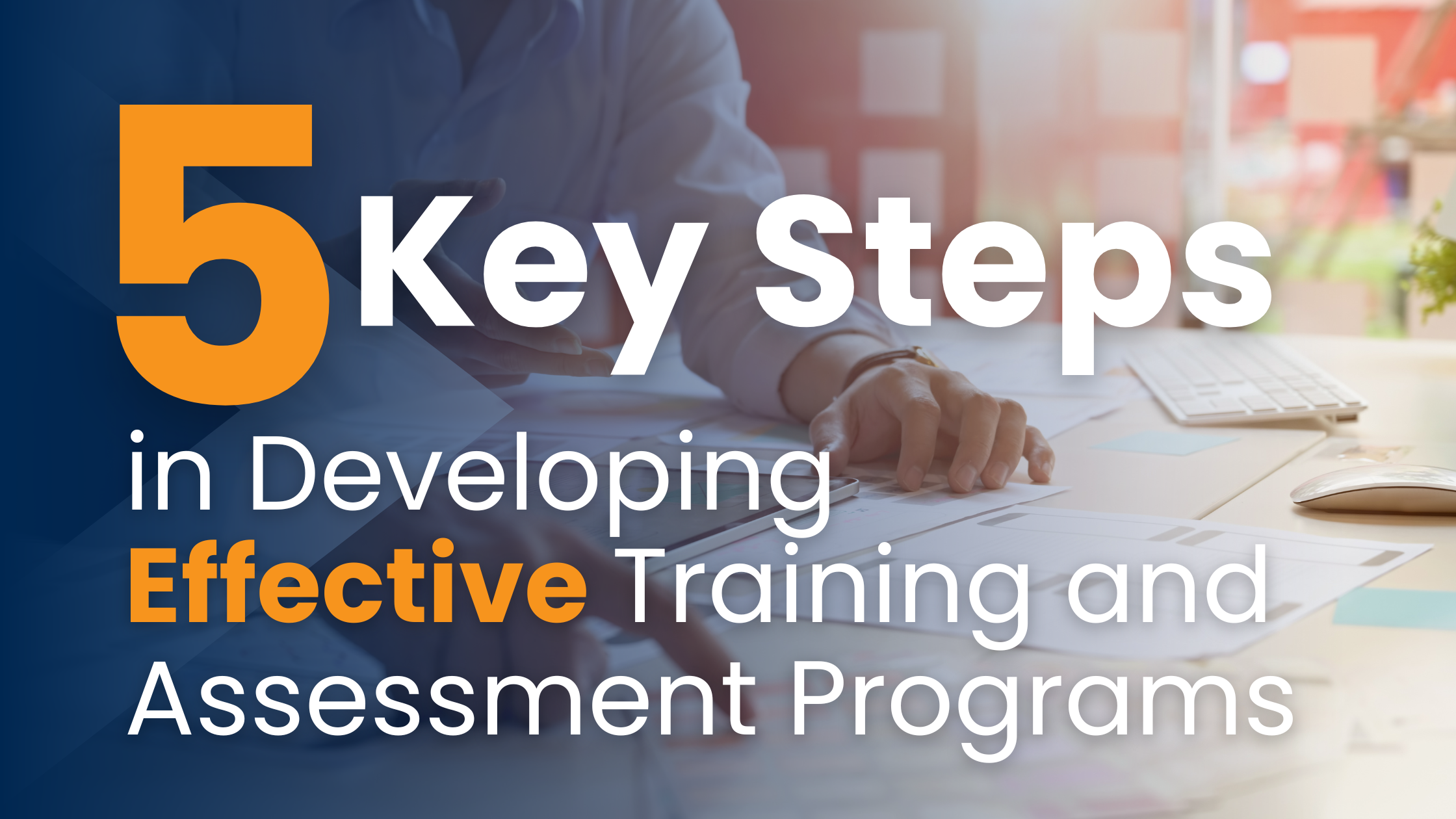Lactose is a complex sugar found in milk. To digest lactose, you need lactase, an enzyme that breaks lactose into two sugar molecules: glucose and galactose. Individuals lacking this enzyme have lactose intolerance. Unable to digest milk, they suffer from various gastrointestinal symptoms. Lactase is but one of about 4,000 different enzymes that serve as catalysts of essential physiological processes. Catalysts speed up the rate of chemical reactions but are themselves unaffected. Examples are learning catalysts.
You might be able to learn without them. However, adding examples to lessons has been proven to dramatically accelerate learning!
In the lines below we will unlock some secrets of exploiting examples for different types of content and different learners. We will see how you can use examples not only to improve learning outcomes but also to decrease instructional time.
The power of examples
Whether your goal is to provide information or to help staff acquire new skills, examples are useful. But in training designed to build skills, examples are not only useful, they are essential!
Right now you might be thinking that you do use examples. After all, examples are a commonly use training method. However, are you fully exploiting the hidden power of examples to accelerate learning? Few trainers know of recent research on how to fully leverage examples.
What do you think?
Which lesson plan in the table below would be more effective?
Lesson version A | Lesson version B |
Explanation Example 1 Practice 1 Example 2 Practice 2 Example 3 Practice 3 | Explanation Example Practice 1 Practice 2 Practice 3 Practice 4 Practice 5 |
As you can see, in both lessons you get an equal number of problems to review (six in each lesson). But in lesson version A, half the problems are in form of examples and half in the form of practice, whereas in lesson version B you get a lot more practice. Which lesson will take longer to complete? Which lesson will lead to better learning?
John Sweller, one of the most influential contemporary instructional researchers in the States, studied the effects of examples on learning. He took a traditional algebra lesson containing one or two examples followed by many problem assignments and converted several of the practice exercises into a step-by-step example like the one in the figure below.
A worked example of an algebra problem |
5X + 3 = 6 X
|
Instructional psychologists call demonstrations like the one above, worked examples. A worked example is simply a demonstration that illustrates the steps the learner must take to complete a task or solve a problem. In addition to showing each stage in the problem solution, most worked examples also include and explanation either in text or audio depending on the delivery medium. For the worked example shown above, the instructor might begin by saying, “First, we move all numbers to the right side of the equation.”
Sweller (1995) compared learning from traditional lessons containing mostly practice to their example-practice pairs lesson version. You won’t be surprised to learn that the traditional lesson with lots of practice took six times longer than the version that alternated examples and practice. But did that time and effort invested in solving practice problems pay off in better learning? Surprisingly, they found that learners studying the all-practice lesson made twice as many errors on a test than learners studying the example-practice pairs version!
A combination of examples and practice led to faster and better learning than working lots of practice problems. By replacing some practice exercises with worked out examples, you can accelerate learning. That’s why I call worked examples learning catalysts.
Save time and improve learning by replacing some practice exercises with worked out examples.

Examples and the brain
How do examples work? Our working memory (our brain’s active processor) has a very limited capacity. Do you recall working all those homework problems in your math class? Solving lots of problems is hard work. When working memory capacity is tied up working lots of problems, there is little resource left over for learning. However, imagine that instead of working a problem, you are reviewing an example. Your working memory is not bogged down trying to solve the problem. Instead it is free to carefully study the example and learn from it. In fact, by providing an example as a model, the student has a perfect opportunity to learn from it. Then by following the example with a similar practice assignment, the student can confirm that they have learned correctly.
We will continue to explore the use of examples in next edition of this newsletter. Accelerate Learning with examples 2
Reference: Evidence-Based Training methods by Ruth Colvin Clark




